Torture in Vietnam’s War Prison
Phu Quoc is a sleepy island off the Southwestern coast of Vietnam, known for its white beaches, seafood cuisine, the largest Southern prison of the Vietnam War, where countless breaches of international law occurred, and fish sauce!
Today, of course, we’ll be talking about the most interesting of these:
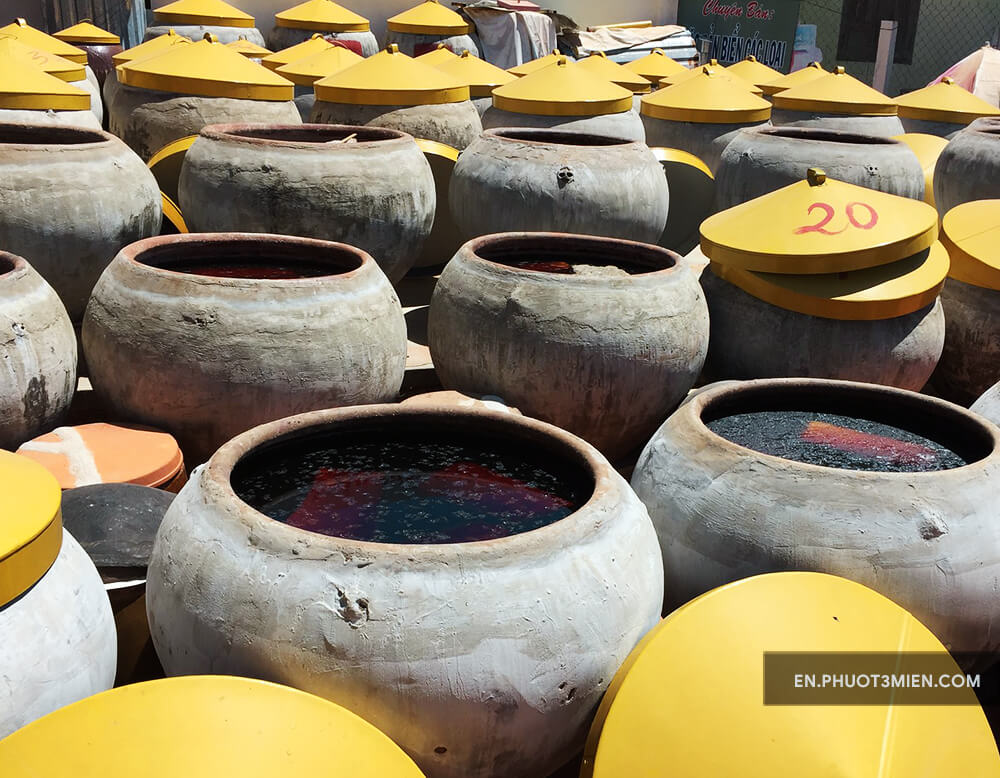
Fish sauce!
Fish sauce manufacturing has a long a colorful history on Phu Quoc Island, dating back at least 200 years, with its major ingredient being fermented anchovies.
:/
I would LOVE to write that article, and ruin everyone’s day. But, alas! I cannot.
Phu Quoc Prison
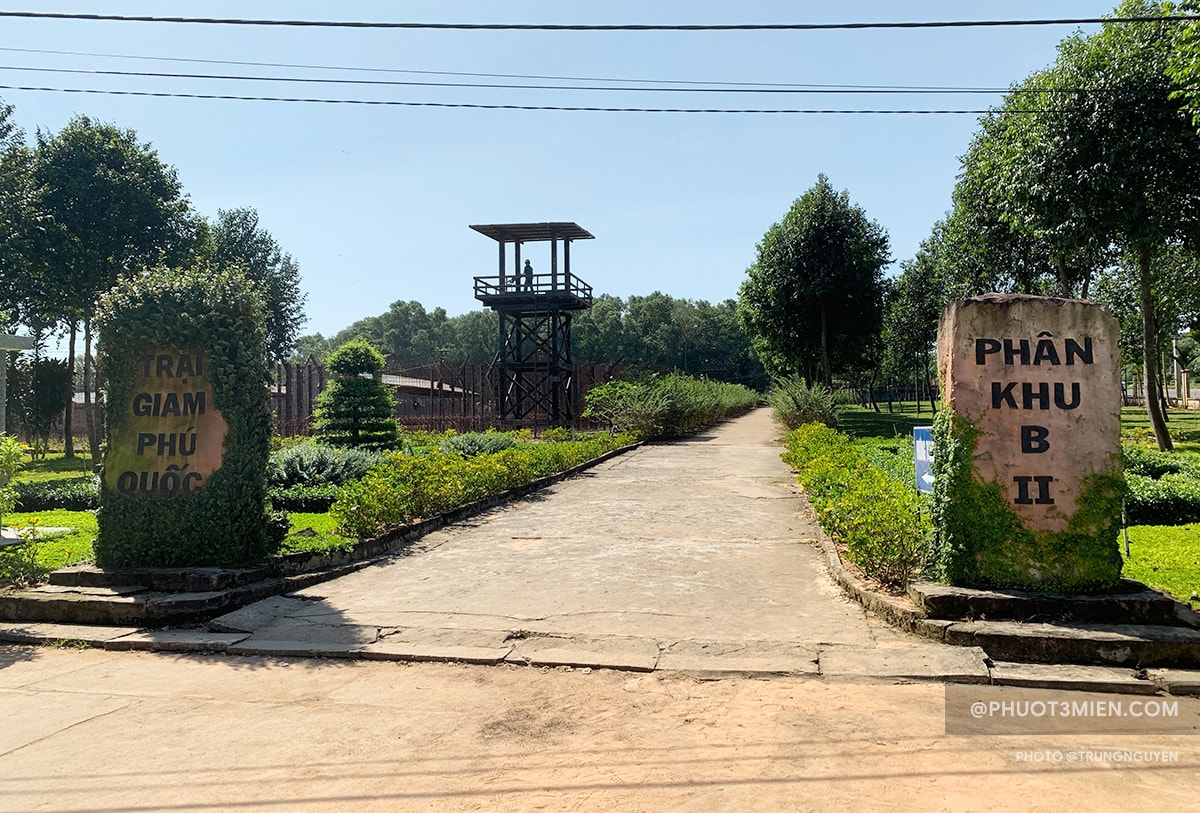
My friend looking really scary outside the prison
The French imperial government established the prison while Vietnam was under their dominion. After the First Indochina War, the Republic of Vietnam (the South) used it as a P.O.W. camp for captured Viet Cong and Northern Forces.
This is where the high ranking officials and soldiers who committed heinous crimes against the South were held.
Over a period of 7 years, they estimate 4,000 fighting men, otherwise healthy people, died at Phu Quoc Prison. But why?
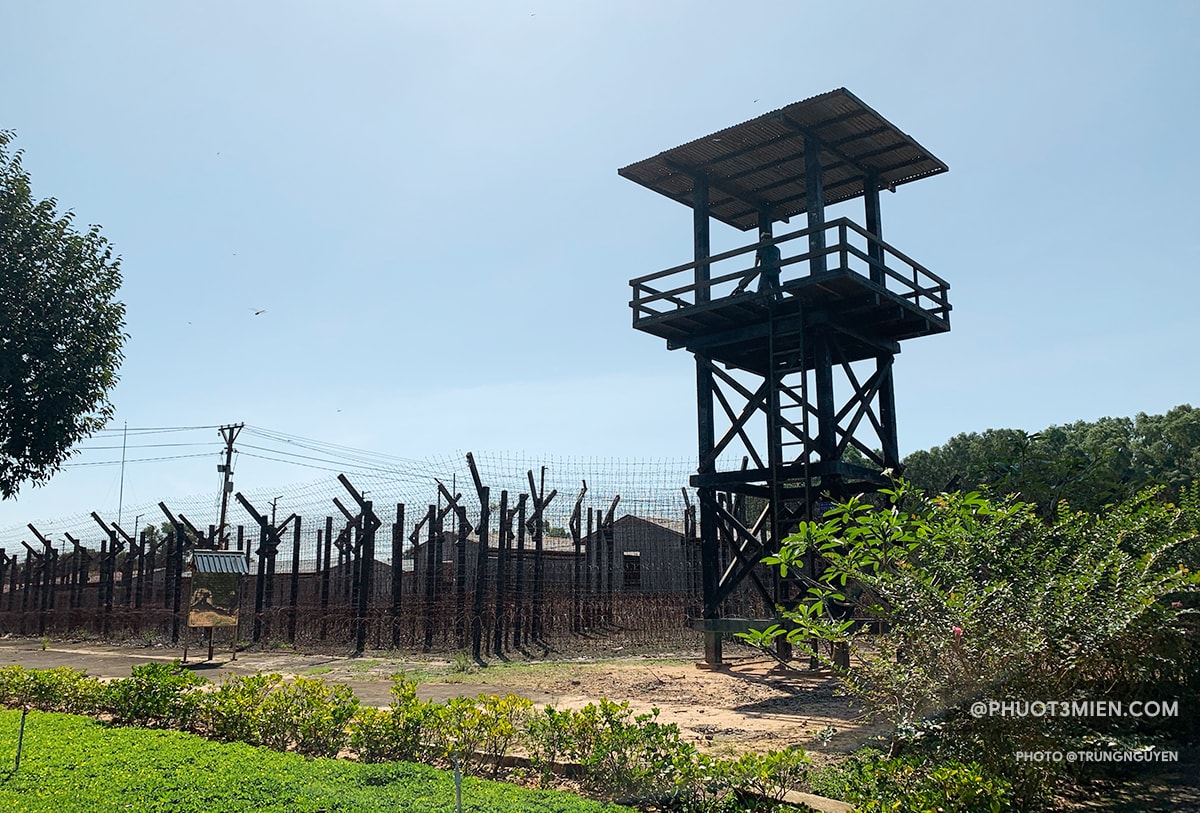
Phu Quoc Prison is famous for its inhumane conditions, and savage, indiscriminate torture of prisoners.
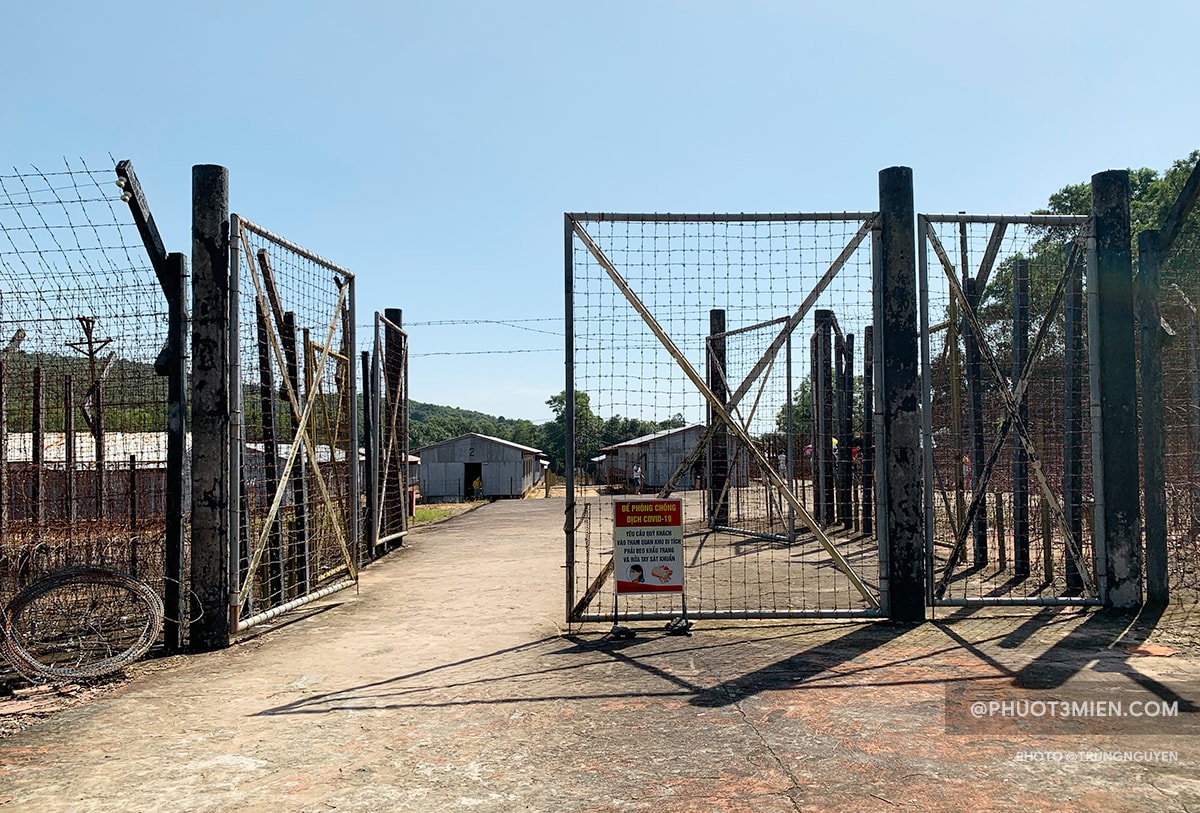
Stepping through the gates (about 8 layers of razor wire fences), the first thing you see are what look like bed frames on the ground.
KKday is a travel APP platform offering over 20,000+ online products such as: tickets for amusement parks, outdoor services, sightseeing tours, culinary experiences, transportation, accommodation, courses, and local culture... Currently, there is a summer promotion with discounts up to 50% and coupons up to 250K VND off.

Attractive discount codes such as: 100K VND off for new accounts, 150K VND off summer promotion, 250K VND off, KKday birthday celebration...
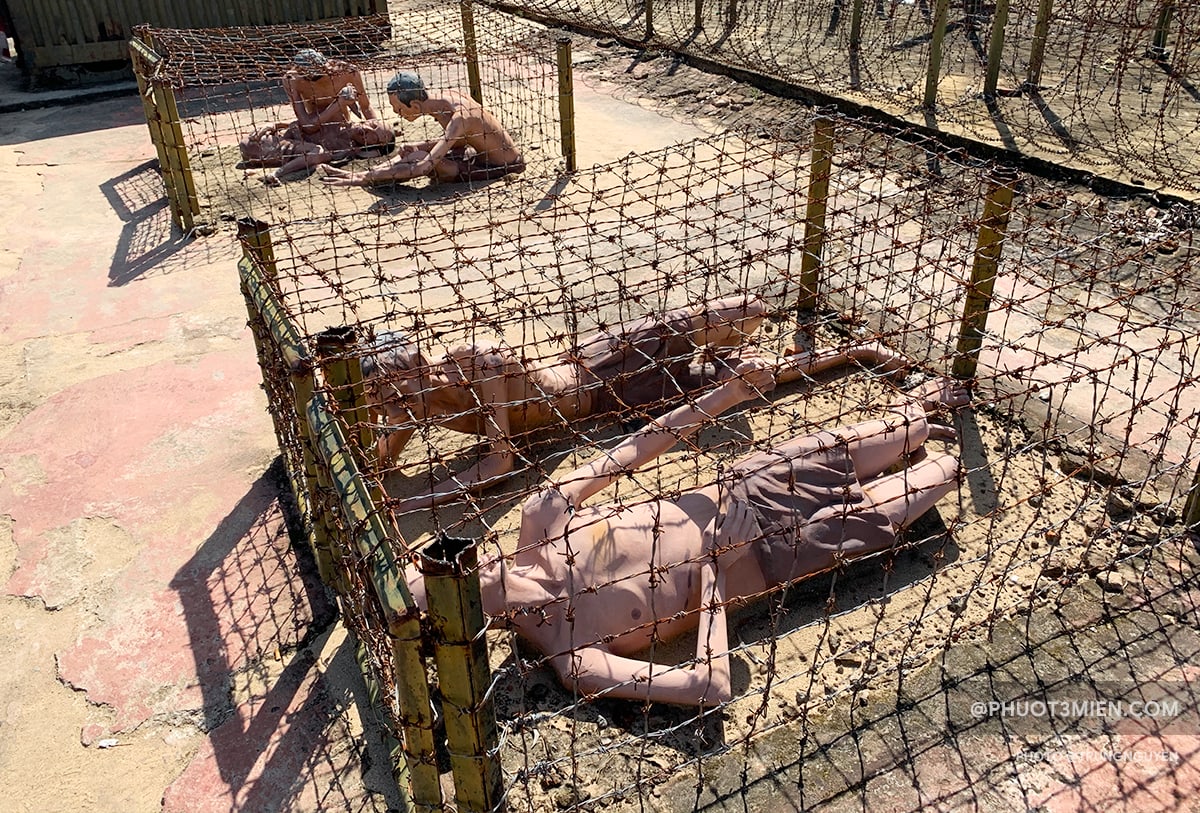
The “tiger cages” are iconic in Phu Quoc.
The cages were lined with barbed wire and 1 to 4 men were forced inside. They sat in cramped positions for days under the blistering Vietnam sun. If exposure and dehydration weren’t bad enough, guards sometimes set fires around the cages.
Living conditions are what you would expect. Too many prisoners forced into small barracks, given barely enough food to survive. Apparently, the guard to prisoner ratio was enormous here, leaving plenty of free hands for the ghastly tortures that took place.
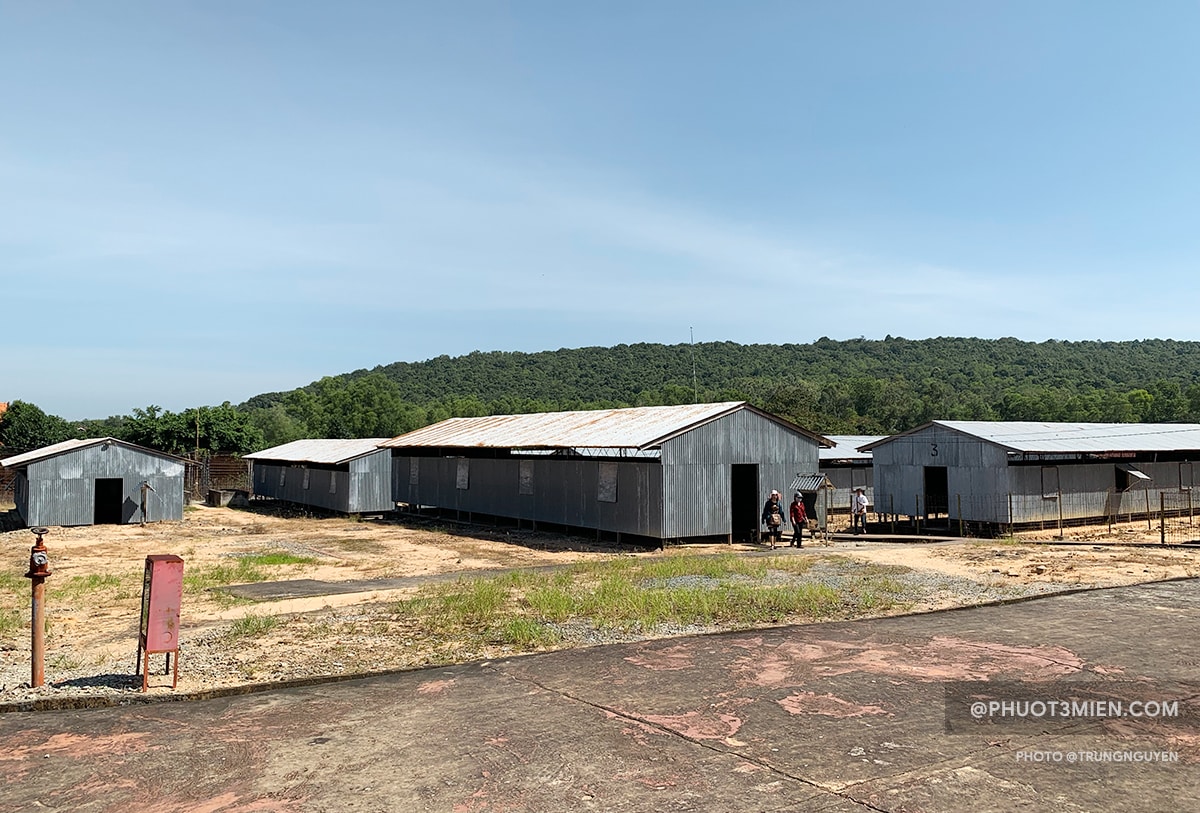
We’ve all heard about the Holocaust, and the experimental tortures that happened there. I used to think that that was the height of human savagery.
But, with a little investigation, you’ll find that abominations like the Holocaust happen all over the world. There’re lots of places where people learn about the pleasure in giving pain.
The Tortures
The tortures that were committed at Phu Quoc are incredibly imaginative. I wouldn’t be surprised if there was a guy behind a desk in the “PQ Torture Department?, with pencil to paper, thinking about what else f%$king hurts and how could we do it here?
Some of the more basic mutilations include being tied down and whipped, burned, beaten with hammers, or forced to roll on sharp metal grates.
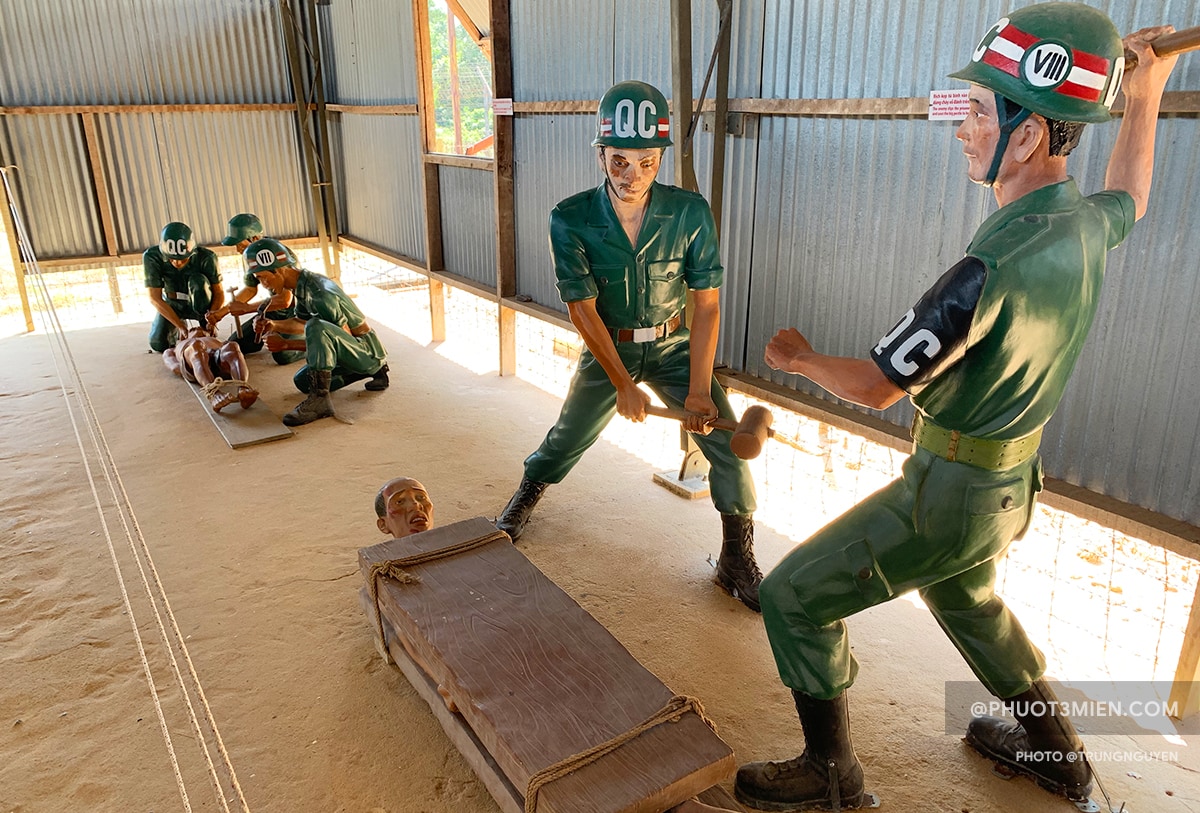
They bound prisoners to chairs, and chiseled (you read that right) their kneecaps.
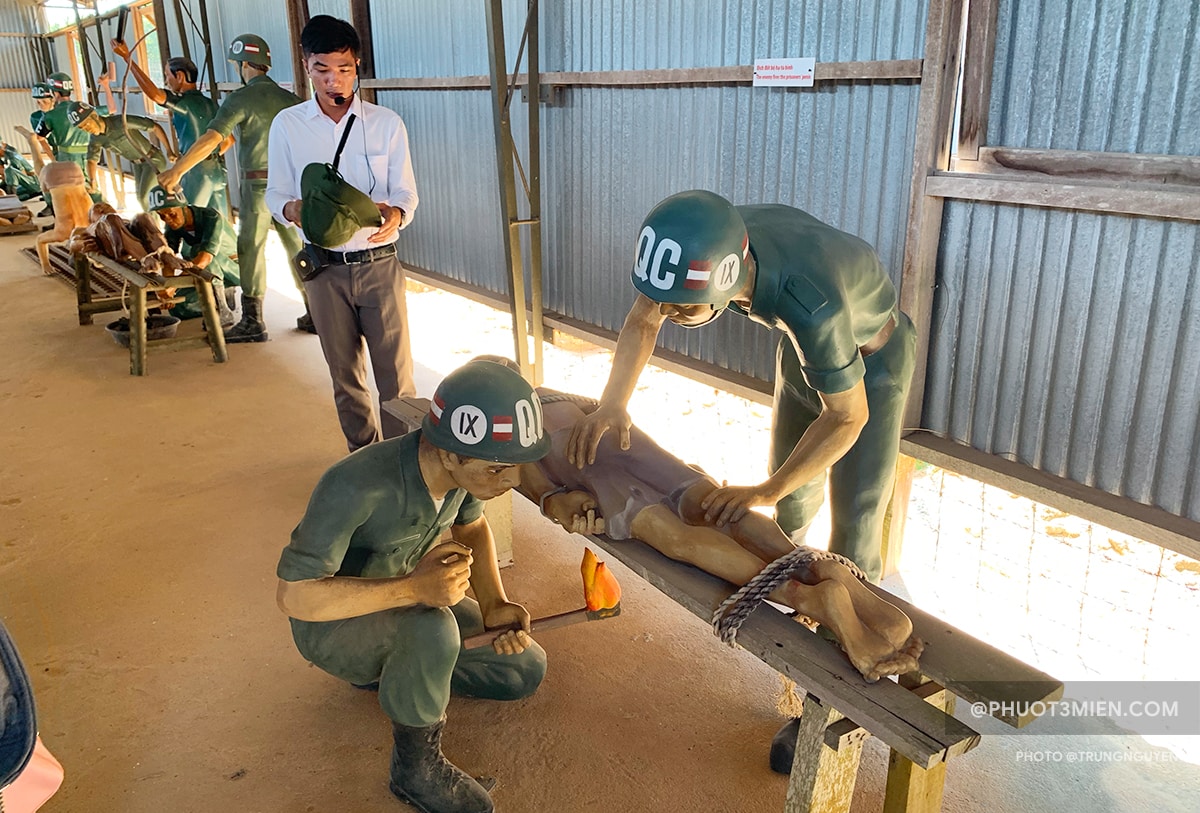
Other tortures included bagging and submerging men in boiling water.
Guards also used pliers and bamboo shoots to snap or dig out the teeth, and the live burial of prisoners.
You will see many reenactments:
- Shows the rusted nails retrieved from prisoners bodies after searching the burial sites. They’re on display in a glass case.
- This image shows several photographs of a nail in the rotted heel bone of a prisoner, and a human skull with a nail protruding from it
- A prisoner figure with cables attached to his head, getting electrocuted and screaming.
- A prisoner figure tied to a board, and a guard figure shining a bright light into his open eyes to blind him.
- Shows a prisoner figure hanging from the ceiling by a rope tied to his hands behind his back.
The iconic image of Phu Quoc Prison is simply hammering nails into prisoner’s body, including the face, head, or heel (the heel being an excruciating feeling, I can assure you).
This is a nail found in the ankle bone of a prisoner. On the right, a nail lodged in a skull.
But, other tortures happened too. Some were a bit more higher-thinking. Some a bit more psychological.
Guards attached electrified wires to the head.
Blinding with car headlights.
Lighting fires under a suspended prisoner.
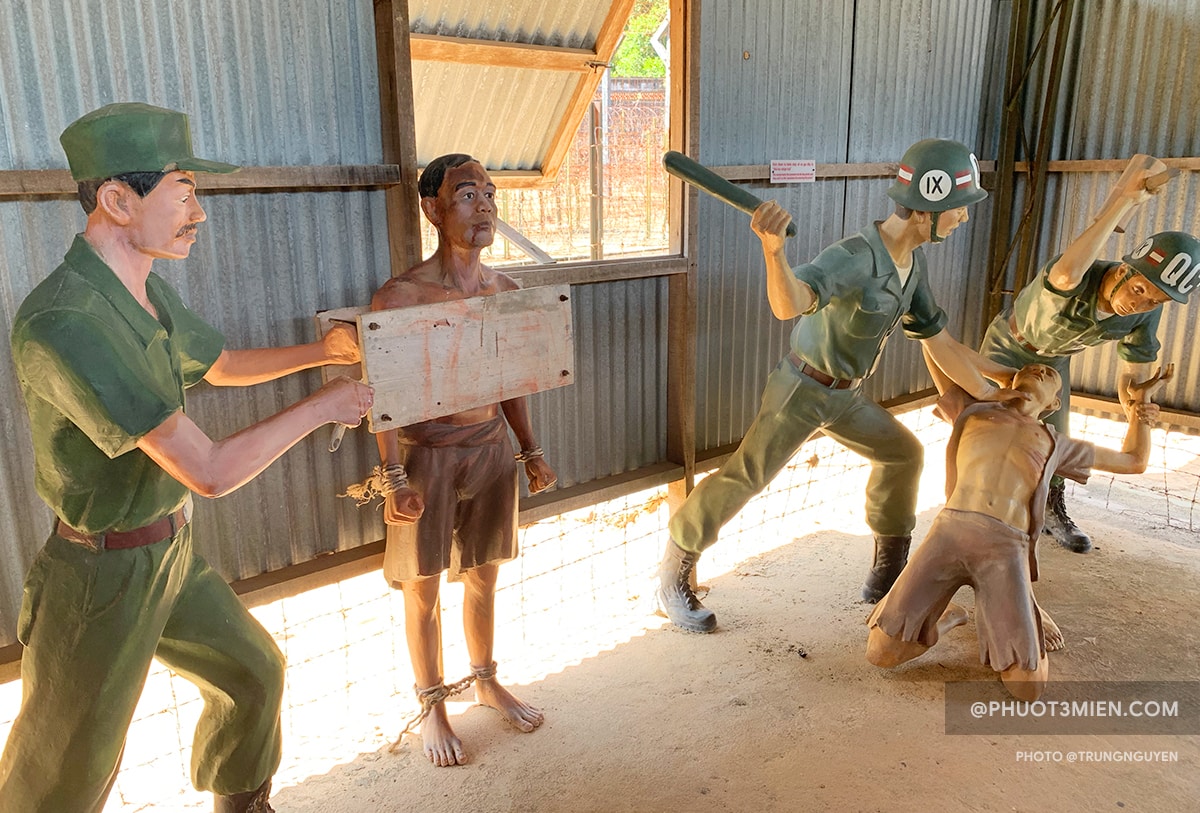
The forced inhalation of soapy water.
They would also set fire to prisoner’s genitals to emasculate them.
Guards often locked 10-20 men in a dark, metal container for days (the container froze during the night, and became swelteringly hot in the daytime).
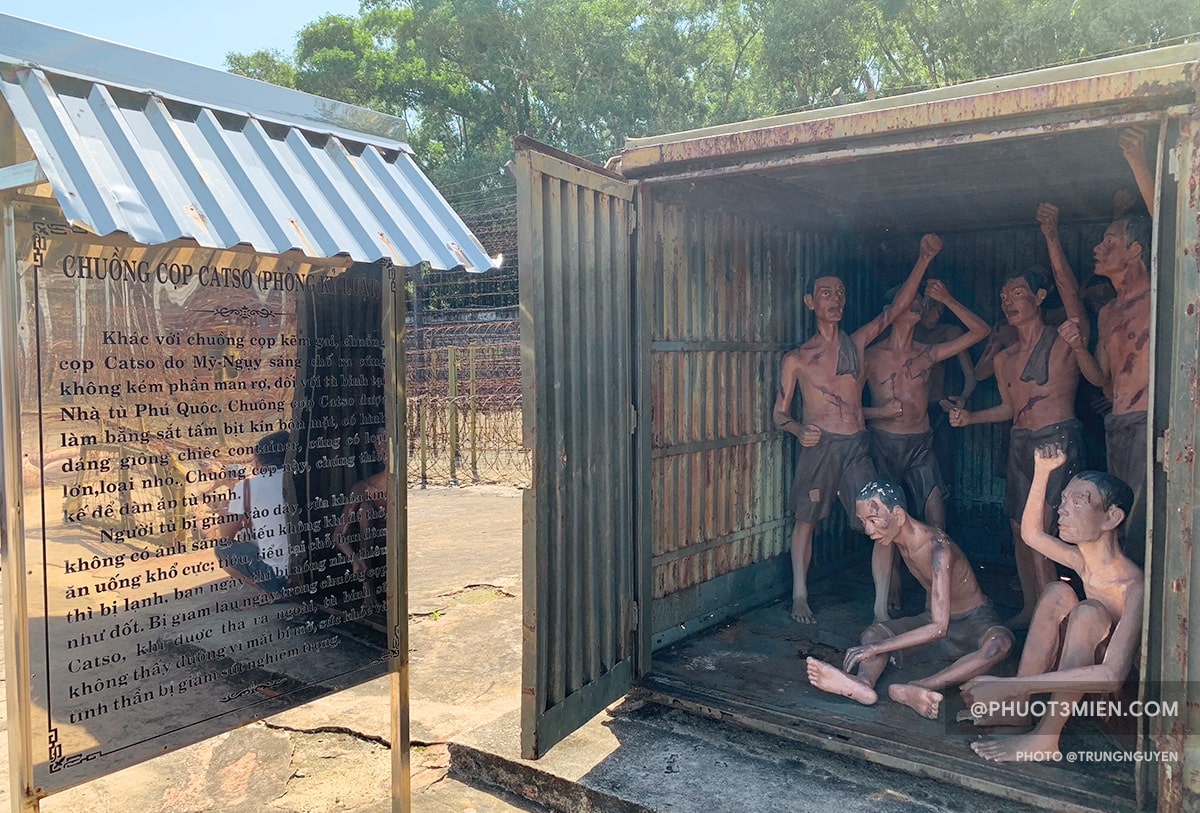
The men inside still managed to attempt escape. There were about 4 successful escapes during the prison operation. But most didn’t.
Thousands of men died from torture. Being killed AFTER torture is one thing, but can you imagine being tortured to death?
This intense pain like this can send even a healthy person into circulatory shock. The pain causes your blood pressure to drop, and your oxygen-starved organs shut down one by one. That’s “Death by Extreme Pain”.
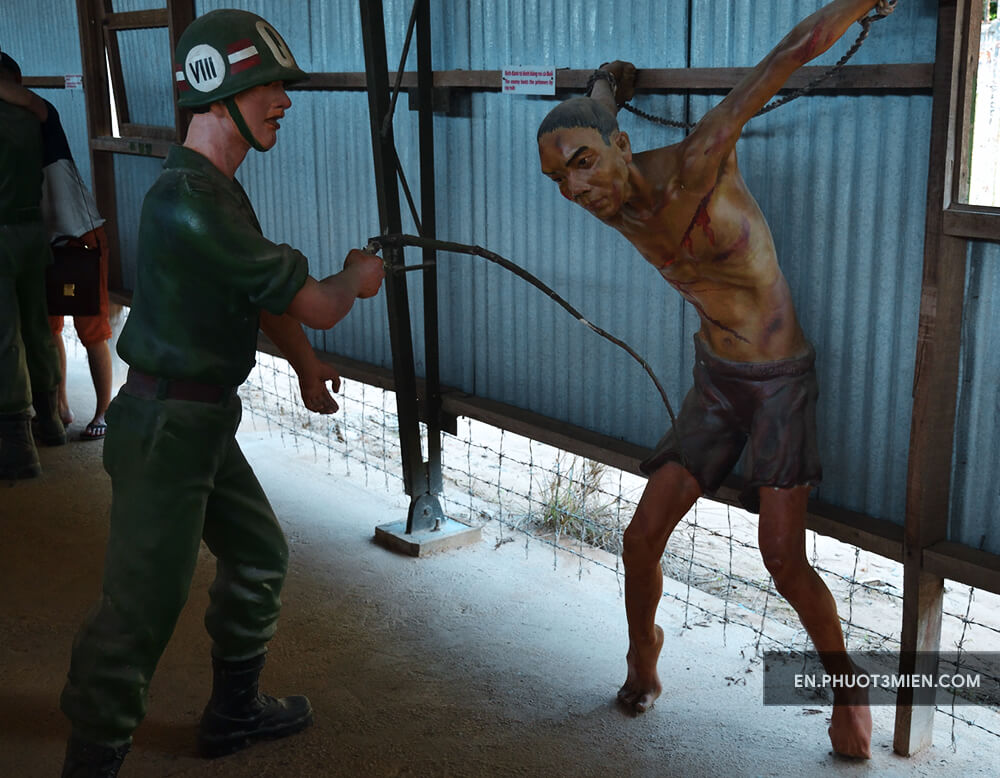
Torture in the Vietnam War
This isn’t a political article, to say who the “good guy? was, and who deserved to be punished.
No matter the country, every army on Earth has good guys and bad guys.
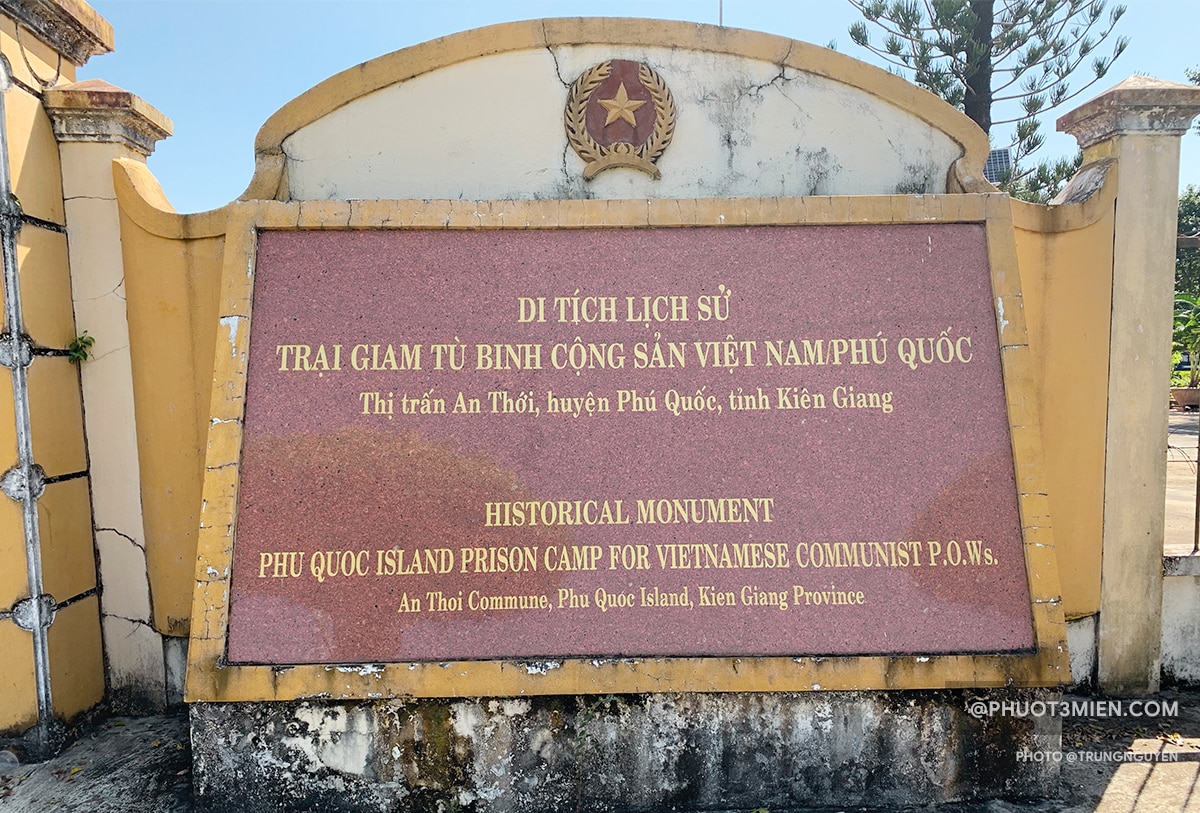
The Vietnam War is famous for being particularly savage. The irregular fighting conditions between the Viet Cong and Americans caused a lot of stress and paranoia on both sides.
To the Vietnamese, the Americans were invaders, and no style of fighting was off-limits in the defense of their country (I think many of us would agree with that).
The Americans, frustrated at the guerrilla tactics, and disturbed by the brutal treatment of their fellow men, lashed out with equal savagery at the Vietnamese. And naturally, the Vietnamese returned the gesture. And so it went.
The United States backed the South Vietnamese in the conflict, and definitely knew about the conditions of Phu Quoc Prison, and other prisons like it.
Why Do We Like Torture?
The point of this story isn’t to say who was more vicious, or who was less human. This is to shed light on a visceral part of the Vietnam War, and one side of the human psyche that most of us would like to pretend isn’t there.

Many people forget that it’s not just Nazis or other “special? groups who are capable of monstrosities, or of being able to dehumanize people who are different.
This kind of thing happens in every culture, at every historical moment. Even though the civilized world discourages this feeling, it’s still there. And, given the right circumstances, or level of power (like a prison guard), we start to feed this dark wolf inside us.
Why does other people’s pain give us pleasure? Why, especially, do we like being the cause of that pain?
I can only speculate on that.
The jailers obviously thought the captives deserved to be punished. They had killed Southern people, attacked Southern families. They hurt us. And we all like to see the villains get what’s coming to them, right?
Now, one of these villains is at your mercy. You can do whatever you want to them, with NO consequences. You can finally channel all your frustrations and disgust into this person.
Having a passive person at our feet can encourage our darkest impulses. Someone who will receive whatever we give them, without any resistance, and who won’t shame us for our actions.
Check out “Rhythm 0? by Marina Abramovic. It shows what we’re capable of when we control someone who can’t react to our behavior.
Or maybe, like watching a movie, or a death-defying stunt, we like being close to danger, without actually suffering. Being so near to agony is fascinating and stimulating, but in the end, we ourselves aren’t at risk.
It’s the allure of pain and death, without the long-term consequences.
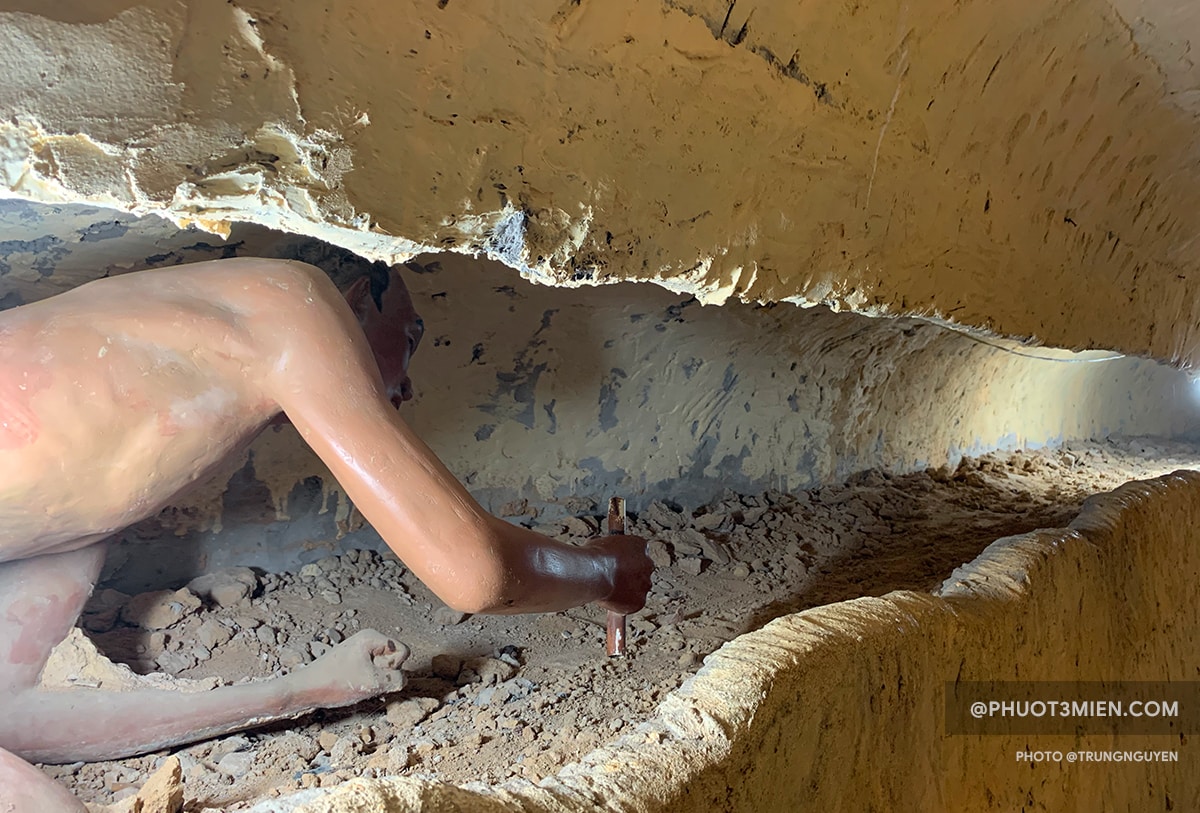
Now, add the feeling of being in control in that situation. That can be an ego boost, can’t it? The power to decide who lives and who dies?
I can imagine that someone in the midst of a war, feeling a toxic mixture of fear, loss, frustration, and powerlessness, might want to react in a way that we’d consider violent.
Not only that, but your social group is not only allowing violence, they’re encouraging it.
Every day, you’re told that what you’re doing is good, and right. Even though you haven’t been raised as a sadist, in this circumstance, it’s necessary. Your peers won’t judge you, and perhaps, your country might even reward you for your patriotism.
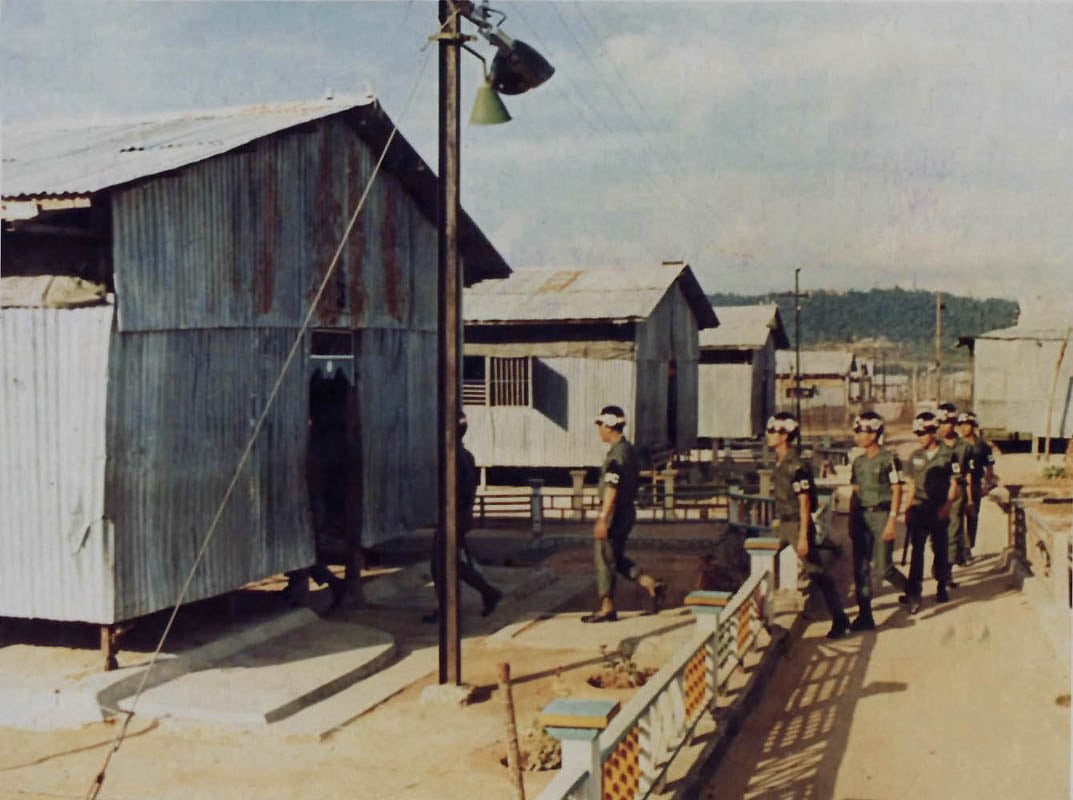
Our brains get a very easy override from our social groups. Therefore, the social factor is vital in getting ordinary people to commit atrocities. You can find some formation of a tight-knit group behind any genocide in history.
The Dark Wolf
The chilling part isn’t how awful this story is, it’s how often this story happens. Cruelty and torture are all too commonplace in our history. We’d like to believe we’ve evolved beyond it, but really, we’ve just covered it in a few layers of civility and modern enlightenment.
But it’s important to recognize that that dark wolf is inside of us all. All it takes is the right mix of ingredients to bring it out. Psychologically, we’re no different than a Phu Quoc Prison guard. We’re all capable of cruelty.
And recognizing that is the best way to keep the dark wolf at bay.







